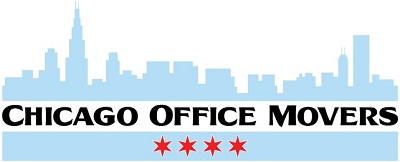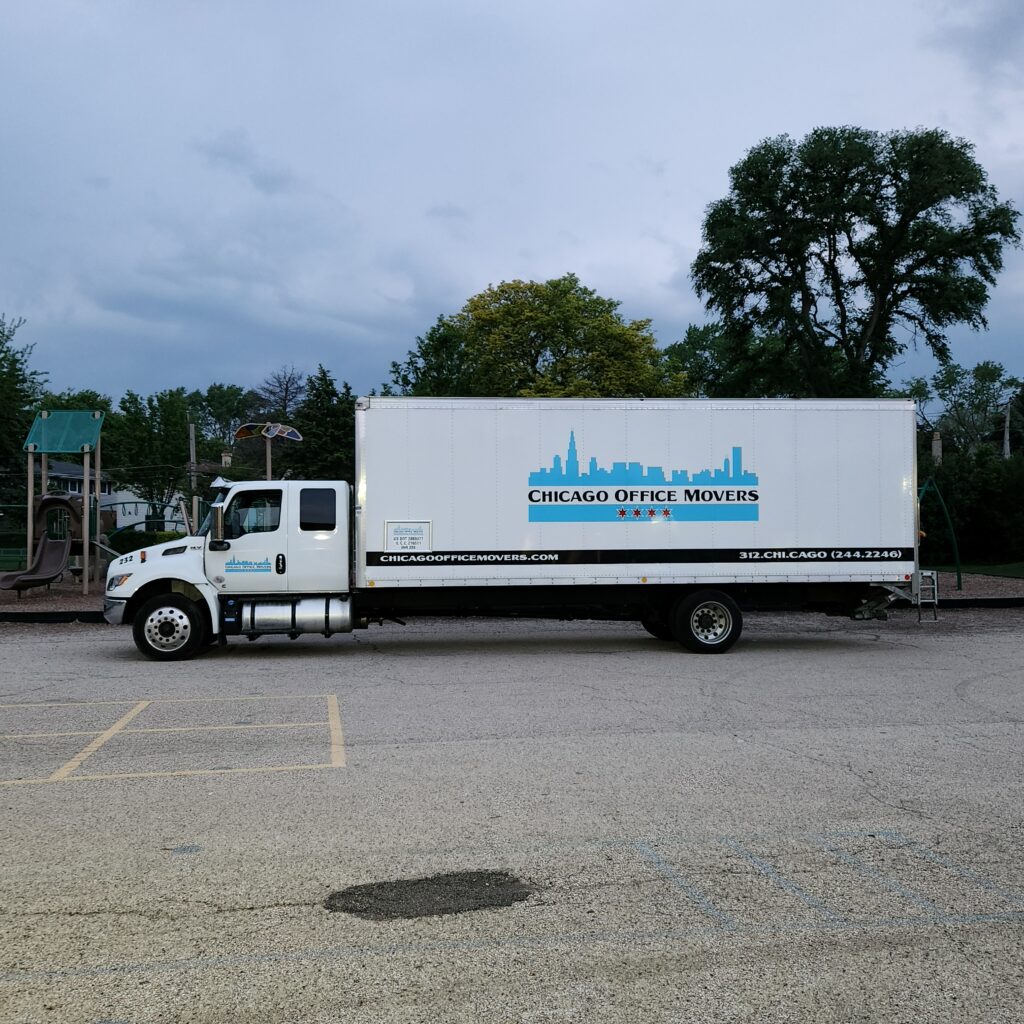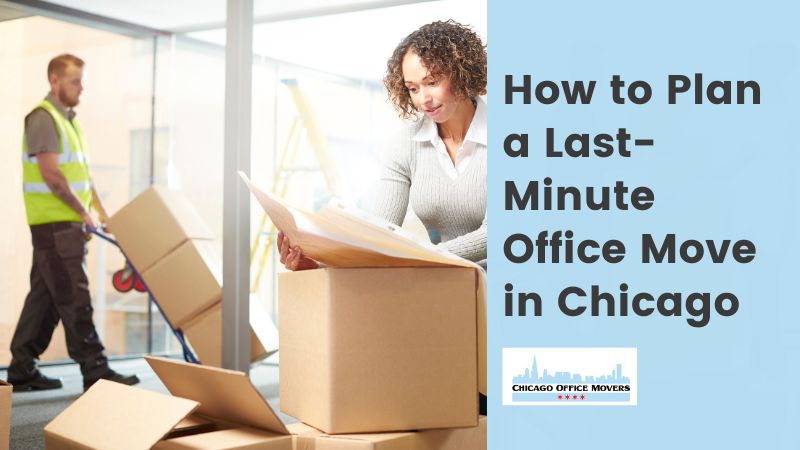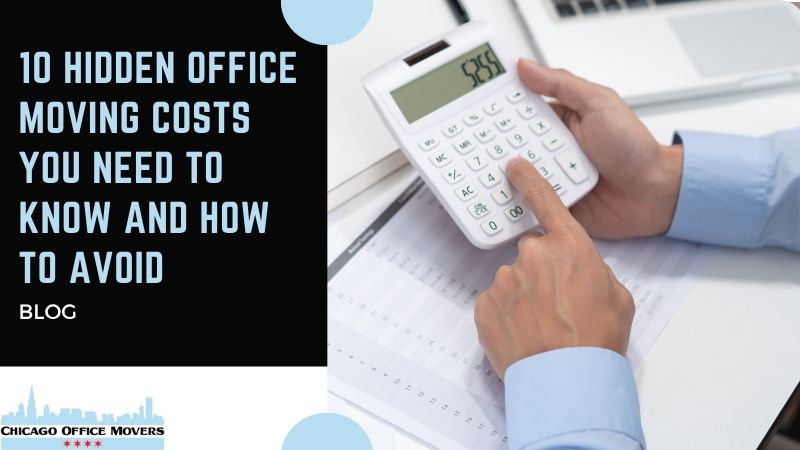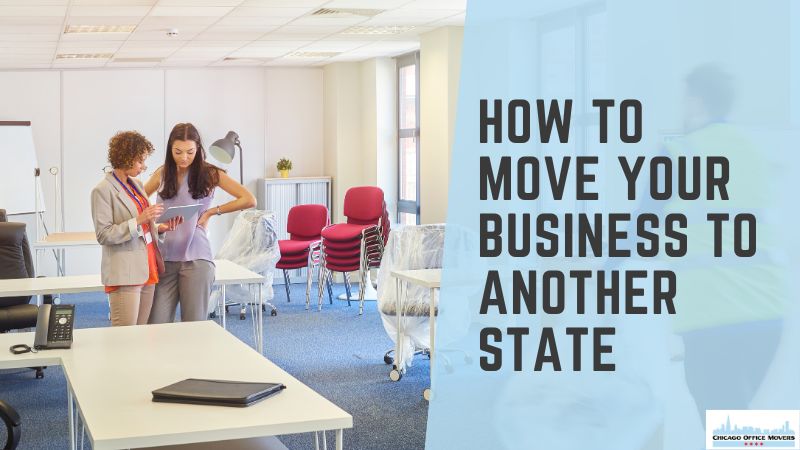
What Permits Are Needed To Relocate a Business in Chicago
What Permits Are Needed To Relocate a Business in Chicago
Written by Kari-Ann on . Posted in Corporate Relocation
When moving your business to another location in Chicago there are important legal permits you must follow before you can fully operate in your new space. Many business owners focus on the physical move and overlook the approvals required by the city. This is where delays, fines, and unwanted complications usually happen. Chicago has specific rules for business licensing, zoning, renovations, signage, and even parking for moving trucks. If these steps are not handled correctly you can end up with a new office you cannot legally open.
This guide explains the permits most Chicago businesses need during relocation and shows you how to navigate them in a practical, stress-free way.
Update Your Business License For The New Address
In Chicago your business license is tied directly to the location listed on it. When you move you cannot simply change your mailing address. You must apply for a new license at the new address and wait for approval.
This step triggers a zoning review. The city checks whether your type of business is allowed in that district and whether the building use matches your activity. If you open without completing this requirement the city can require you to pause operations.
The smartest approach is to begin the license update as soon as you sign the lease so it does not delay your opening.
Zoning Approval To Confirm Your Business Is Allowed There
Every relocation in Chicago must pass zoning review. Zoning determines whether your business is allowed in that area and whether the building can legally support your activity.
For example a storefront used for retail may not automatically qualify for a medical office a daycare a call center or any activity with high foot traffic or different safety requirements. If zoning does not match your business license will not be issued.
This is why zoning should always be checked before signing a lease. It gives you confidence that your business can operate legally at the new address.
Building Permits For Renovations And Space Improvements
Most businesses need to update or modify their new space. In Chicago interior changes often require a building permit even if the work seems minor.
Permits may be needed for
- Building or removing walls
- Electrical upgrades or new lighting
- Plumbing changes or new sinks
- HVAC adjustments or ventilation systems
- Accessibility improvements
- Fire alarm sprinkler or egress upgrades
If this work is done without permits the city can stop construction and delay your move. Before planning any improvements talk with your contractor to identify which permits are required and how long the approval process usually takes.
Certificate Of Occupancy For Certain Commercial Spaces
Some relocations require a Certificate of Occupancy. This document confirms that your interior space is safe meets current building codes and is approved for your exact business use.
It is often needed for new construction recently renovated spaces or larger commercial units. Without this certificate you may not be allowed to occupy the space even if everything looks finished.
Always ask your landlord or building manager if a Certificate of Occupancy is needed and whether it has already been issued.
Permits For Moving Truck Parking And Street Use
Chicago carefully regulates curb space. If your movers will park on a public street you may need a temporary parking permit. This protects your trucks from parking violations and ensures you have the space needed for loading and unloading.
This is especially important in busy neighborhoods and downtown areas where curb space fills quickly. Many professional moving companies help secure these permits but you should always confirm it.
Public Way Use Permits For Signage And Exterior Features
Business owners who install signs or awnings that extend over the sidewalk may need a Public Way Use permit. Chicago reviews these features to ensure they are safely installed and do not block pedestrian flow.
Projecting signs illuminated signs and branded awnings often fall under this requirement. Confirm with your signage company whether they handle this permit or if it is your responsibility.
Industry Specific Permits
Some industries require additional approvals when moving. Examples include food service healthcare offices salons childcare centers manufacturing spaces and businesses that store chemicals or hazardous materials.
Review your current licenses and determine which ones require an update at the new address.
Update Your Address With The State Of Illinois
In addition to city permits you must update your address with the State of Illinois. This includes state tax registration and any required business filings. Keeping your state information current prevents issues with tax reporting insurance and compliance reviews
A Simple Timeline To Keep Your Chicago Move On Track
- Two to four months before the move: Check zoning for the new address and start the business license update. Begin planning any renovations that need building permits.
- One to two months before the move: Submit building permits signage permits and confirm whether a Certificate of Occupancy is required. Begin scheduling contractors and city inspections.
- Two to three weeks before the move: Apply for moving truck parking permits and coordinate elevator and dock access with both buildings.
- Move week: All permits should be complete so you can focus entirely on the move itself.
Where Chicago Businesses Can Go For Permit Help
Chicago has several departments that handle permits for business moves. Many owners are surprised to learn that permitting is spread across multiple city offices, each handling a different part of the relocation. Knowing the exact place to go makes the process much easier.
Here are the main places business owners in Chicago typically visit or contact when managing relocation permits.
Chicago Business Affairs and Consumer Protection
Location: Daley Center, 121 N LaSalle Street, Room 800
This office handles business licenses for the entire city. If you need to update your business license for a new address or confirm what type of license your operation needs, this is the place to start. Their staff can explain the documents you must submit, what fees apply, and how long the process usually takes.
Chicago Department of Planning and Development
Zoning Division Office: City Hall, 121 N LaSalle Street, Room 900
The zoning division confirms whether your business type is allowed at your new address. Many business owners go here before signing a lease because zoning restrictions can stop a relocation before it starts. They can review the property address and give clarity on whether your business classification fits the district.
Chicago Department of Buildings
Location: 121 N LaSalle Street, Room 900 and 1000
If your new space needs any interior work such as electrical upgrades, plumbing changes, or layout modifications, the Department of Buildings handles those permits. They can tell you whether your build out requires a standard building permit, an easy permit, or inspections before opening.
Chicago Department of Transportation
Public Way Permits: 2 N LaSalle Street
If your move involves reserving parking for trucks, blocking curb space, or using part of the public way during the move, CDOT issues the necessary permits. Businesses often visit or contact this office before move day to avoid parking tickets or delays.
State of Illinois Business Services
Location: 69 W Washington Street, Chicago
This is where you update your state-level business filings, including business registration, corporate address changes, and tax information. Even if your relocation is within the city, your state records must still match your new location.
Chicago Department of Public Health or Other Industry Agencies
Locations vary by service
Industries such as food service, healthcare, cosmetology, childcare, and industrial operations may need additional inspections or permits. These agencies confirm that the new location meets the specific standards your industry requires.
Examples
- Restaurants often contact the Chicago Department of Public Health
- Medical offices may need clearance related to life safety and patient care standards
- Daycares may require full building safety reviews
- Fabrication or lab spaces may need environmental clearances
Make Your Business Relocation Easier With Chicago Office Movers
Permits are one of the most stressful parts of relocating a business in Chicago. They affect your construction timeline your opening date your ability to access the building and even whether you can legally operate. Managing these requirements while running a business can feel overwhelming.
Chicago Office Movers specializes in commercial relocations throughout the Chicago area and understands how building rules city permits and move day requirements work together. Our team helps you coordinate access loading needs and timing so your move stays on schedule and your business transitions smoothly.
If you want a relocation partner who understands the real details that matter in Chicago we are ready to help.
Contact Chicago Office Movers to plan a smooth organized and efficient move to your new Chicago location. Submit a request online.
More Guides To Help You Plan A Smooth Chicago Business Move
If you want to go deeper into planning a move or choosing the right space here are helpful guides you can read next.
How to Plan a Last Minute Office Move in Chicago
Perfect for companies with tight timelines that still want an organized move.
Hidden Costs of Moving Your Business and How to Avoid Them
A helpful breakdown of expenses business owners often forget to budget for.
11 Key Factors to Consider When Choosing an Office Space
A must read guide that explains what really matters when selecting your next workspace.
These articles give you more insight into budgeting timelines building requirements and choosing the right space for your team.
FAQs about storage during office renovations
Do we have to move everything out of the office during a renovation?
How long can we keep items in storage during an office renovation?
What items should always go into climate controlled storage?
Can we access our items while they are in storage?
What is the advantage of using a commercial mover’s storage instead of self storage?
Contact Us
Related Services
- Corporate Moving
- Commercial Moving
- Reliable Commercial Storage
- Specialty Commercial Moving
- Furniture Assembly
- Movers for Office Renovation
- Machinery Moving
- Library Moving
- Lab Moving
- Server Room Moving
- Office Movers in Rosemont, IL
- Commercial Moving in Bolingbrook, IL
- Commercial Movers in Naperville, IL
- Commercial Movers in Des Plaines, IL
- Commercial Moving Services in Aurora, IL
- Schaumburg Office Movers
- Commercial Moving Services in Oakbrook, IL
- Commercial Movers in The North Shore
- Commercial & Office Moving Services Deerfield, IL
- Commercial & Office Movers in Hinsdale, IL
- Elk Grove Village Commercial Movers
- Furniture, Fixtures and Equipment Services
- Commercial Mover in Lincolnshire, IL
- Office Packers in Lincolnshire, IL
- Office Decommissioning in Lincolnshire, IL
- Professional Movers in Downers Grove, IL
- Moving Company in Chicago, IL

Director of Marketing & Development
Office: (847) 621-5176
Cell: (312) 497-3203
At Chicago Office Movers, Kari-Ann is our Director of Marketing & Development. As the master of visibility, she is responsible for all things Branding and Marketing related. Kari-Ann comes to us with experiences in Marketing for a multi-brand and multi-location company, the service industry, non profit marketing event planning and fundraising, and retail management. She is the Chair of the Board for the Schaumburg Business Association 2021 & 2022, a member of the Elk Grove Village Chamber Board of Directors, and past chair and top fundraiser for the Northwest Suburban Walk To End Alzheimer’s.
Kari-Ann received her Bachelor of Business Administration in Marketing from Western Michigan University. She is Master Certified in Constant Contact Email Marketing and has held numerous social media training classes.

